Kudurae Dolssambap (구드래돌쌈밥)
16.7 Km 7482 2023-04-13
31, Naruteo-ro, Buyeo-eup, Buyeo-gun, Chungcheongnam-do
+82-41-836-9259
Kudurae Dolssambap (구드래 돌쌈밥) serves the representative foods of Buyeo (the old capital of the ancient Baekje Kingdom) in a traditional setting with soft music and leafy plants both inside and out.
Vegetables used in dishes are 100% pesticide and chemical-free. Of the 20-30 different types of the vegetable, diners can enjoy rare vegetables, edible flowers, and herbal greens with medicinal efficacy. The various veggies are particularly tasty when dipped in the restaurant’s homemade sauce.
Baekche Tourist Hotel (백제관광호텔)
16.8 Km 10230 2020-04-09
108, Bukpo-ro, Buyeo-gun, Chungcheongnam-do
+82-41-835-0871
Baekche Tourist Hotel is located in the center of the city of Buyeo, and has built up a reputation as an excellent hotel. It has Western-style rooms and Korean-style rooms and can accommodate up to 230 guests at once. The hotel also has a banquet room and a wedding hall to serve as a venue for various activities and events.
Parque de Esculturas Gudeurae (구드래조각공원)
17.0 Km 17051 2021-07-02
Naruteo-ro 60, Buyeo-eup, Buyeo-gun, Chungcheongnam-do.
Localizado al oeste del monte Busosan a lo largo del río Baekmagang, la región de Gudeurae está repleta de hermosos escenarios y un parque desarrollado a conjunto con su alrededor. El puerto de la región dio la entrada al castillo Sabi durante la dinastía Baekje y hoy día sirve de puerto para los barcos que viajan por el río Baekmagang. Cerca del embarcadero hay gran cantidad de restaurantes que sirven comida deliciosa de la región, haciendo de la zona un lugar muy recomendado para los turistas que quieran combinar naturaleza y gastronomía.
Gudeurae fue designada Región Turística en 1985. Siguiendo la designación oficial, se construyó un parque con 59 esculturas. De ellas, 30 fueron realizadas por escultores de la región, que se conocen por ser la continuación de alumnos de los antiguos artistas del período de Baekje. Las otras 29 obras son de Corea y del extranjero, que participaron en el Simposio Internacional de Escultura Moderna en 1999. Las esculturas traen una belleza que reflejan la historia de la región como también un arte moderno, dando popularidad al parque tanto para los turistas como residentes. Un monumento construido en memoria de una canción folclórica que describe la belleza de Gudeurae también se encuentra en la zona.
Ferri Crucero Goransa (고란사유람선)
17.1 Km 32636 2021-04-09
Buyeo-eup, Buyeo-gun, Chungcheongnam-do.
+82-41-835-4689
El monte Busosan, con tan solo 100 m de altura, es una colina que tiene una fortaleza que en su época sirvió para la protección de la capital y el palacio real de Baekje. Al entrar por la puerta principal Busosanmun, el sendero serpentea a través de un denso bosque antes de llegar a los acantilados de roca Nakhwaam, más de 40 m por encima de las aguas del río Baekmagang. La roca Nakhwaam recibe su nombre de la historia de las damas de la corte de Baekje que sacrificaron sus vidas lanzándose al precipicio para no caer ante las fuerzas invasoras del reino de Silla y la dinastía Tang de China cuando estas, en alianza, conquistaron el reino. Nakhwaam significa literamente “roca de las flores caídas”.
Después de visitar el acantilado, se puede descender a pie hasta el templo Goransa, que se estima que fue construido durante la época de Baekje. Los visitantes que quieran obtener una mejor vista de la imponente pared de roca pueden tomar el ferri crucero Goransa, que ofrece un recorrido por el río Baekmagang.
Templo Goransa (고란사)
17.3 Km 32293 2021-11-25
Buso-ro 1-25, Buyeo-eup, Buyeo-gun, Chungcheongnam-do
El templo Goransa se localiza en los márgenes del río Baengmagang, rodeado por los acantilados de Nakhwaam. Se presume que el templo fue levantado en los últimos años del reino de Baekje. Aunque no hay registro histórico del templo, se dice que era utilizado como lugar de descanso por los últimos reyes de Baekje. Hay un pozo detrás del templo, llamado Goranjeong, donde crecen gorancho (crypsinus hastatus) entre las rocas. Los reyes de Baekje solían beber agua de Goranjeong al menos una vez al día, y los sirvientes que traían el agua dejaban hojas de gorancho como signo de que provenía de dicho pozo. Los visitantes al templo también deberían tomarse un tiempo para disfrutar de las preciosas vistas del río Baengmagang. Un ferri recorre los alrededores del acantilado Nakhwaam.
Myeongrjaegotaek [Korea Quality] / 논산 명재고택 [한국관광 품질인증]
17.5 Km 10549 2023-04-13
50, Noseongsanseong-gil, Noseong-myeon, Nonsan-si, Chungcheongnam-do
+82-41-735-1215, +82-10-6310-1139
Located in Noseong-myeon, Nonsan-si, Chungcheongnam-do, Myeongjae Historic House was built by Yun Jeung (pen-name: Myeongjae, 1629-1714), a scholar during the reign of King Sukjong (r. 1674-1720) of the Joseon Dynasty. It is said that although the king granted him a government post on eighteen occasions, Yun, being a straightforward sort of person, declined them all. As he practiced the virtue of simplicity and sharing in life and taught it to younger generations, the house escaped destruction during the Donghak Peasant Revolution (1894) and the Korean War (1950-1953) thanks to the efforts of his disciples. Thus, in keeping with his character, the house looks moderate compared to the homes of other aristocrats, although it exhibits a refined interior and a scientific design. The house consists of a sarangchae (men’s quarters), anchae (women’s quarters), and daecheongmaru (main floored room) configured in a square layout. The sarangchae itself consists of the keun sarangbang (large room) flanked by a daecheong and a numaru with an open view of the village and a mountain, the jakeun sarangbang (small room), the ansarangbang (inner room), and the daemungan (gate). To the right of the house is the spectacular sight created by a platform filled with hundreds of crocks for traditional sauces and condiments. The wall situated between the sarangchae and the anchae was designed to prevent people from looking into the anchae. There is also an open space below the wall from which one could see the shoes of a visitor, thus enabling the occupants of the anchae to know whether there was a visitor or not in the sarangchae. In addition, the gotganchae (storage quarters) situated next to the anchae is designed in such a way that it diminishes in size towards the north because the summer wind blowing from the south escapes the narrow passageway of the north, so it blows faster and the surrounding area gets colder, while the wind winter blowing from the north escapes the large passageway of the south, protecting the building from the bitter wind of the north. Therefore, the storeroom at the north end of the gotganchae remains cool even in summer, thereby preserving the things (food and other commodities) stored there. The guestrooms of the house include the three sarangbang rooms in the sarangchae building and the geonneonbang (a room opposite the main living room) in the anchae. The entire sarangchae building including the numaru can be rented too. Guests can also rent the thatched-roof byeolchae in the courtyard, which features a choyeondang equipped with a sound system and a beam projector, as well as a modern bathroom, for group meetings or performances. The house also runs a variety of paid traditional experience programs including Gukak (Korean classical music), tea ceremony, natural dyeing, and so on. Other noteworthy features of the house include the sarangchae’s distinctive gate, which combines a sliding door with a hinged door, the looming presence of a mountain to its rear, and the little round island (pond) planted with an old crape myrtle at its front.
Tumbas Antiguas de Ipjeom-ri de Iksan (익산 입점리 고분)
17.6 Km 3761 2024-04-07
Ungpo-myeon, Iksan-si, Jeonbuk-do.
Las Tumbas Antiguas de Ipjeom-ri, designadas Sitio Histórico, son tumbas del reino de Baekje. Hay 8 tumbas y, excepto la tumba número 1, todas estaban bastante deterioradas cuando fueron descubiertas. Entre las reliquias encontradas hay vasijas, gorro de oro, pendientes de oro, canicas de cristal, equipos de equitación, artículos de hierro, etc., que evidencian que las tumbas son del siglo V. El gorro de oro es parecido a uno descubierto en Japón, una prueba de intercambios entre Baekje y Japón en ese entonces.
Parque Recreativo Baekmagang (백마강레저파크)
18.1 Km 3055 2022-04-01
Hoam-ri 234-2, Gyuam-myeon, Buyeo-gun, Chungcheongnam-do
El Parque Recreativo Baekmagang ofrece campamentos durante todo el año, así como instalaciones para autocaravanas e instalaciones para deportes acuáticos. Los visitantes pueden disfrutar del esquí acuático, el "wake board", el bote banana y los deportes acuáticos, así como la piscina al aire libre en el verano.
Baek il heon Head House [Korea Quality] / 논산 백일헌 종택 [한국관광 품질인증]
18.5 Km 9208 2020-09-08
45, Jugok-gil, Sangwol-myeon, Nonsan-si, Chungcheongnam-do
+82-41-736-4166 / +82-10-2911-4166
The Baegilheon Head House (National Folklore Cultural Heritage No. 273) is the house that was bestowed upon General Yi Sam by King Yeongjo in recognition of his achievement in suppressing the Yi In-jwa Rebellion in 1728. King Yeongjo also granted Yi Sam the posthumous name ‘Baegilheon’. The house is composed of the munganchae (gate quarters) situated next to a tall gate, the ‘ㄷ’-shaped anchae (women’s quarters), and the ‘ㄱ’-shaped sarangchae (men’s quarters), which are configured in an overall square layout. The accommodation includes the munganchae, the araet sarang with a numaru (upper floor), and the wit sarang and the geonneotbang, each of which has a large toenmaru (a narrow wooden porch running along the outside of the building). Notably, the geonneotbang, which is connected with the daecheong (wooden floor) and has a cozy courtyard surrounded by a mud wall, was the living space for the eldest son of the family and his wife for many generations. As the house has been designated as a National Folklore Cultural Heritage, cooking in the guestrooms is strictly prohibited. However, the house provides breakfast prepared by the daughter-in-law of the head house free of charge. The toilets and shower room are situated in the back yard.
Museo de Historia y Cultura de Baekje (백제역사문화관)
18.9 Km 14252 2021-02-26
Baekjemun-ro 455, Gyuam-myeon, Buyeo-gun, Chungcheongnam-do
+82-41-408-7290
Localizado en el Complejo Cultural Baekje (Buyeo, Chungcheongnam-do), el museo muestra la historia y cultura del período Baekje (18 a.C. - 660). El museo, de 3 plantas, ofrece una sala de exhibiciones permanente (de 4 temas del período), una sala de exhibiciones especial, una sala de actividades de Baekje, una sala de documentación, un teatro 3D y un auditorio. Equipado con varias exposiciones y centros de enseñanza, el museo muestra miniaturas de las reliquias, fotos y vídeos en lugar de las reliquias reales del período Baekje, lo que ayuda a los visitantes a entender el esplendor de esa época. Además, es sede de exposiciones especiales, tales como la Exposición de Fotografías de Buyeo de hace un siglo. El Complejo Cultural Baekje reproduce los palacios reales del período (como el palacio Sabi), una aldea, el bosque Wirye, el parque Gobun, el bosque Baekje, haciendo que sea un lugar ideal para las familias y los amigos.
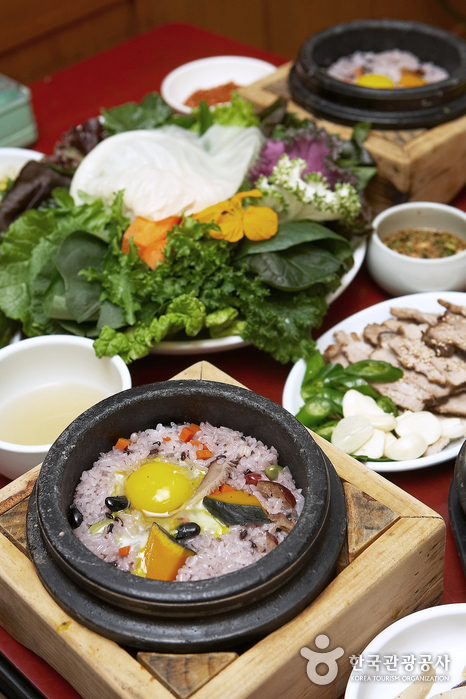
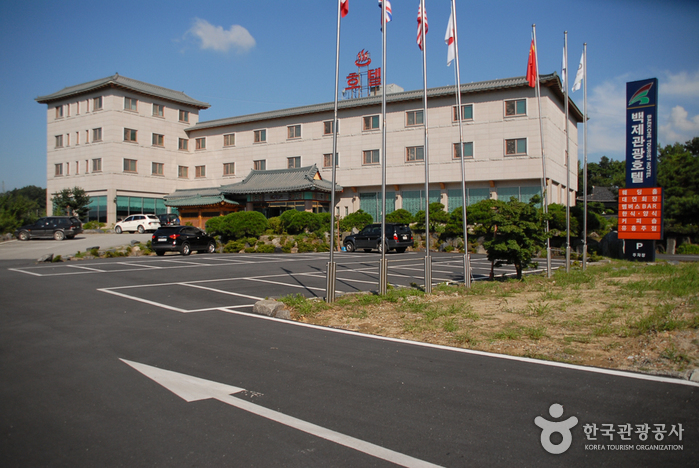
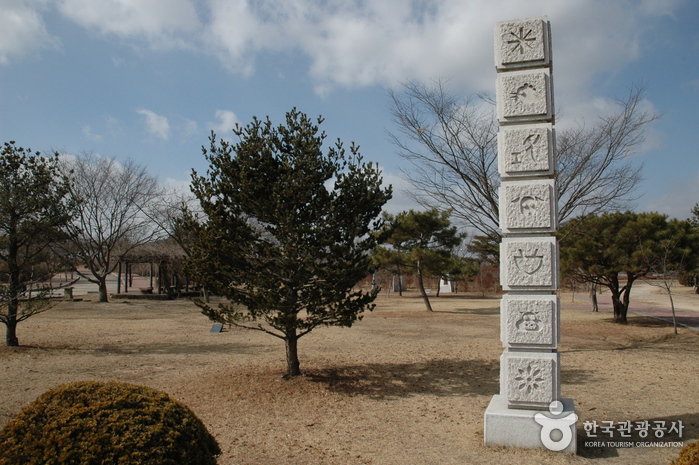

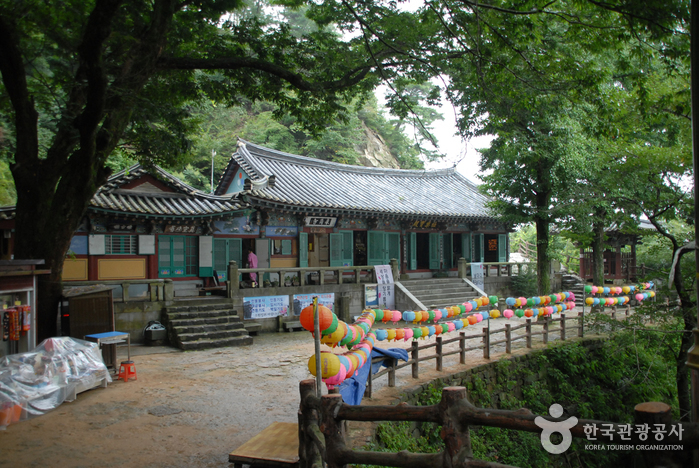
![Myeongrjaegotaek [Korea Quality] / 논산 명재고택 [한국관광 품질인증]](http://tong.visitkorea.or.kr/cms/resource/40/1878940_image2_1.jpg)
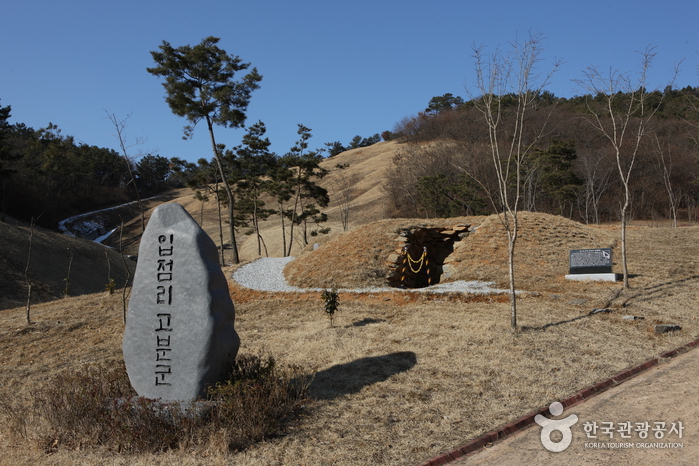
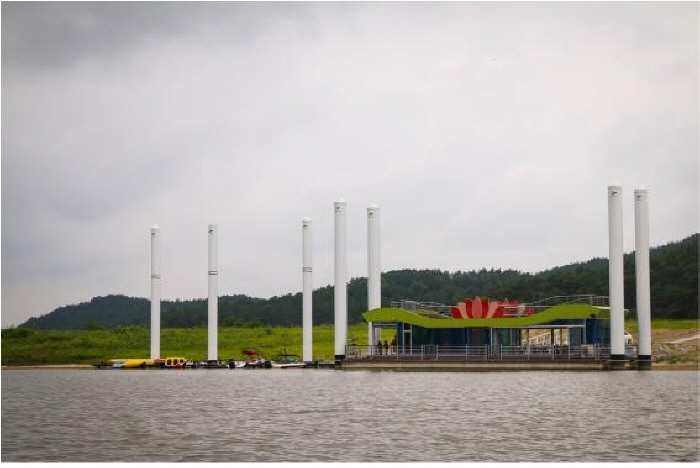
![Baek il heon Head House [Korea Quality] / 논산 백일헌 종택 [한국관광 품질인증]](http://tong.visitkorea.or.kr/cms/resource/98/2530098_image2_1.jpg)
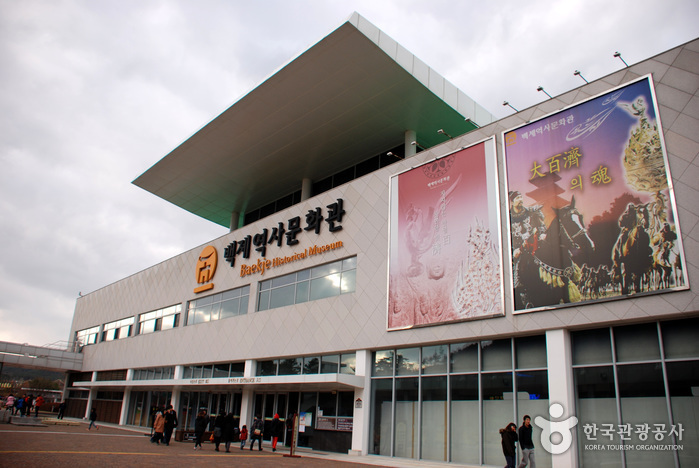
 Español
Español
 한국어
한국어 English
English 日本語
日本語 中文(简体)
中文(简体) Deutsch
Deutsch Français
Français Русский
Русский